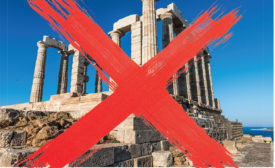Home » Keywords: » organizational safety
Items Tagged with 'organizational safety'
ARTICLES
Closing Time
What happens in the boardroom affects the front line
Behaviors interlock all down the line
October 1, 2019
Are safety cultures “programs”?
Don’t give in to ‘flavor of the month’ thinking
February 3, 2016
Advertisement
How the EHS System can optimize your organization’s incident rate
April 21, 2014
Become a Leader in Safety Culture
Build your knowledge with ISHN, covering key safety, health and industrial hygiene news, products, and trends.
JOIN TODAYCopyright ©2024. All Rights Reserved BNP Media.
Design, CMS, Hosting & Web Development :: ePublishing











